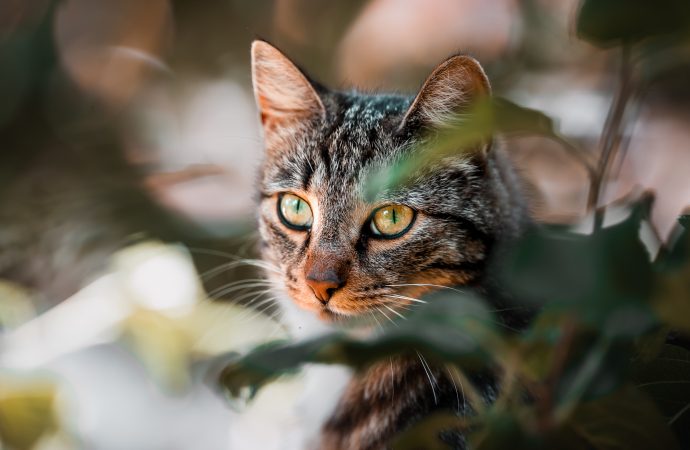If you’re a cat owner, you’ve likely engaged in countless conversations with your feline companion, only to be met with enigmatic responses ranging from purrs and meows to chirps and trills. While it’s clear that cats communicate through vocalizations, deciphering the meaning behind their unique vocal repertoire has long been a source of intrigue for
If you’re a cat owner, you’ve likely engaged in countless conversations with your feline companion, only to be met with enigmatic responses ranging from purrs and meows to chirps and trills. While it’s clear that cats communicate through vocalizations, deciphering the meaning behind their unique vocal repertoire has long been a source of intrigue for both scientists and pet owners alike. In recent years, researchers have delved into the science behind feline vocal communication, shedding light on how cats respond to human voices and what their vocalizations truly signify.
At the heart of understanding cat vocalization lies the recognition that each vocalization serves a distinct purpose. Cats primarily use vocalizations to communicate with humans, other cats, and even other animals in their environment. Researchers have categorized feline vocalizations into several key types, including meows, purrs, hisses, growls, and caterwauls, each carrying its own specific meaning and emotional context.
The most familiar feline vocalization, the “meow,” serves as a versatile tool for cats to interact with humans. Contrary to popular belief, adult cats rarely meow to communicate with other cats. Instead, they have learned to adapt this form of communication specifically for their human companions. Studies have shown that cats use different variations of meows to convey various messages, such as requesting food, seeking attention, expressing frustration, or simply engaging in social interactions. The pitch, duration, and intensity of a meow can provide important clues about a cat’s intentions and emotional state.
Researchers have also explored how cats respond to human voices. Studies have demonstrated that cats can distinguish their owners’ voices from those of strangers. Furthermore, they respond more favorably and are more attentive when their owner’s voice is paired with positive emotional cues. Cats have also been found to show increased attentiveness when their owner calls their name, suggesting a recognition and attachment to their human companions.
Interestingly, researchers have discovered that cats possess an impressive ability to mimic human vocal patterns. Some cats can produce sounds that resemble human-like speech, known as “paralinguistic” vocalizations. These unique vocalizations often occur in response to specific human cues, such as when seeking attention or expressing frustration. While not all cats exhibit this behavior, it showcases their remarkable capacity to adapt their vocal repertoire in response to human interactions.
Understanding the science behind feline vocal communication goes beyond decoding individual sounds; it involves interpreting the accompanying body language and context. Cats use a combination of vocalizations, body postures, and facial expressions to convey their emotions and intentions. The tail position, ear movements, and pupil dilation all contribute to the overall message being conveyed. It is crucial for cat owners to pay attention to these subtle cues to gain a comprehensive understanding of their cat’s communication.
It’s important to note that while scientists continue to unravel the mysteries of feline vocalization, each cat has its unique personality and communication style. What may be true for one cat may not apply to all. Building a strong bond with your cat involves observing and interpreting their individual vocalizations and body language in the context of your unique relationship.
Conclusion:
In conclusion, the science of feline vocal communication offers valuable insights into the complex and nuanced language of cats. Through vocalizations such as meows, purrs, and growls, cats convey their needs, emotions, and desires to their human companions. Understanding and responding to their vocal cues can enhance the bond between cats and their owners, allowing for more effective communication.























Leave a Comment
Your email address will not be published. Required fields are marked with *